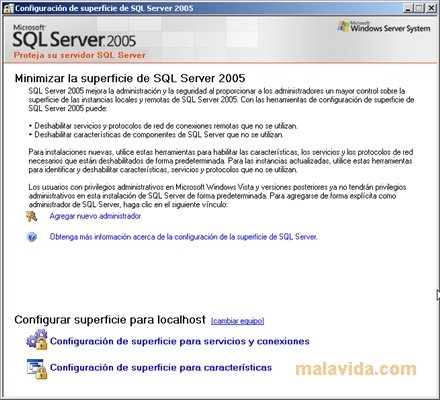

#SQL SERVER 2016 EXPRESS LOGS FULL#
When the Full recovery model is used for the database, it is necessary to back up the transaction log regularly. In this mode, the transaction log files are also cleared until running a backup, and also there is no automatic log truncation. Bulk logged - this mode allows to reduce the log space usage by using minimal logging settings.

In this case, Full backup is restored and then you can roll up the logs to the time you need (the database can be restored at almost any point in time) Storing logs allow you to return to an earlier copy of the database if necessary, and you can perform a restore for each transaction. In the Full recovery model, all SQL transactions are written to the log files on disk and stored there until the backup is created. In the Full mode, the transaction log (LDF) can grow (because the database changes are accumulated in this log). This mode provides the best possibility of data recovery after a failure. No automatic log truncation, the transaction log will be truncated only after backup transaction log: BACKUP LOG dbname TO DISK = ‘dblog.bak’.
#SQL SERVER 2016 EXPRESS LOGS FREE#
Back up the transaction log for the database to free up some log space. ODBC error: (42000) – The log file for database ‘database’ is full. The transaction log for database is full due to ‘OLDEST_PAGE’. Most likely, you will get one of the following errors: If the size of the transaction log is fixed, or there is not enough disk space, then all operations to modify the database structure or its contents will become unavailable. If there are no free segments, and the transaction log growth is allowed in the settings of the SQL Server database, it will be increased and new VLFs will be created. A value of 0 means that the segment is currently free and can be reused. The Status field indicates the current status of the segment. The number of returned lines indicates how much virtual files the log is segmented.


 0 kommentar(er)
0 kommentar(er)
